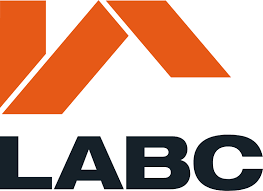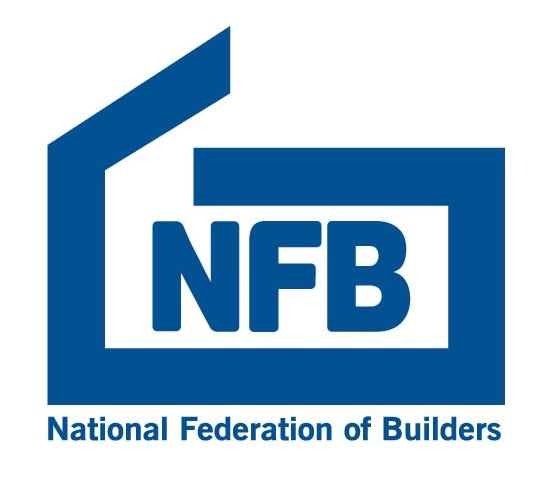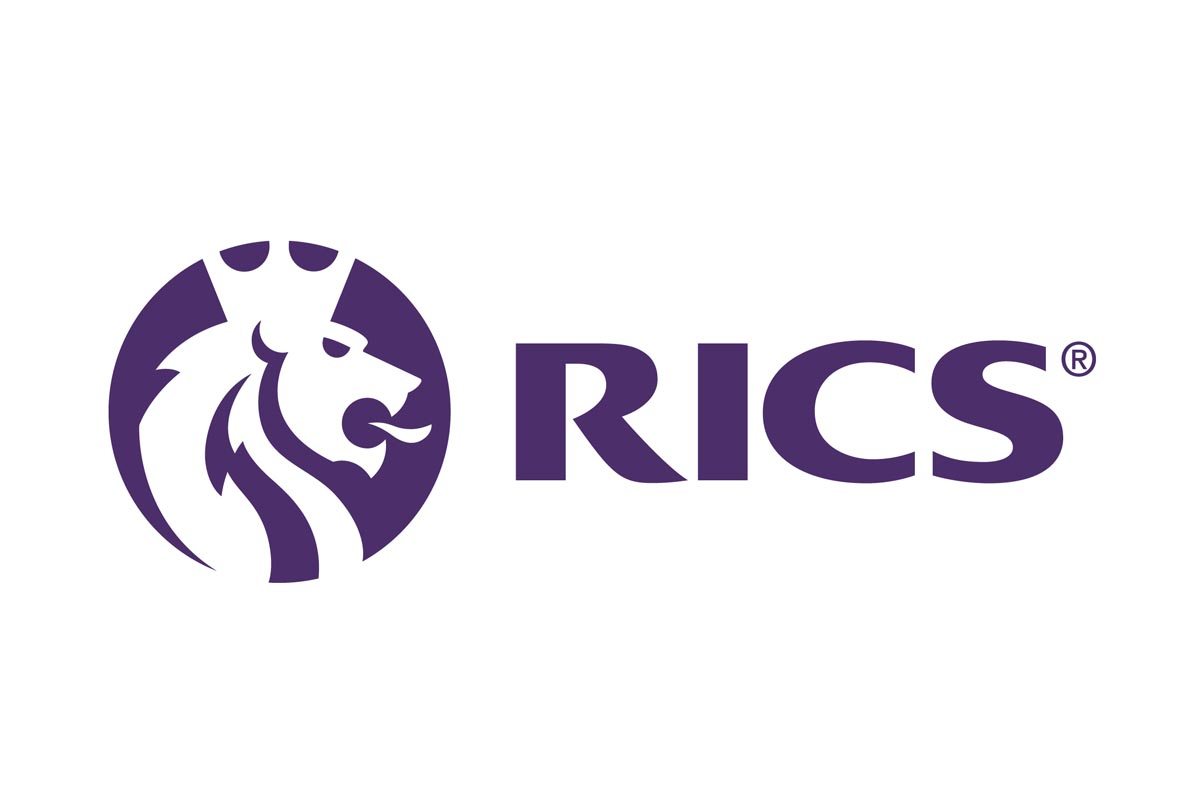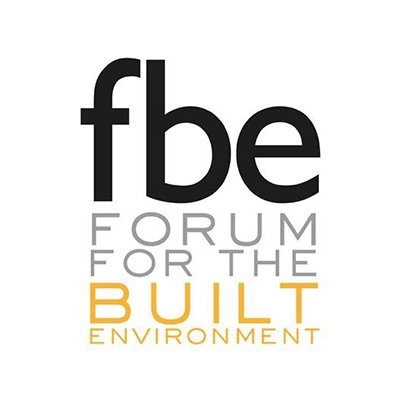The consultation period runs from 21st April 2022 to 6th June 2022
The proposals comprise a solar park covering two separate parcels of land located west of the village of Rosliston, and east of Walton on Trent. The generating capacity of the project is expected to deliver in the region of 160 MW to the electricity grid, which is the equivalent amount required to power nearly all homes in South Derbyshire (Source reference: 42,210 properties in S Derbyshire as of July 2019 -Ref: South Derbyshire Housing Stock Condition Report 2019).
All information relating to the proposals (including the Preliminary Environmental Information Report (PEIR), feedback forms and summary consultation materials) is available to view online on the project website, via a virtual exhibition, at deposit locations around the site, and at public events being undertaken by the developer.
Documents are also available on USB sticks at the following locations (subject to opening times, please check online before you travel):
– Swadlincote Library and Information Centre (DE11 0AD)
– Barton Under Needwood Community Library (DE13 8AX)
– Burton Library (DE14 1AH)
Copies of documents and information may also be requested directly from BayWa, via the following methods:
– Email – info.oaklands-solarfarm@baywa
– Freepost – FREEPOST TC CONSULTATION (no further address or stamp required)
– Freephone – 0800 699 0081 (Monday to Friday 9am to 5pm excluding public holidays)
Consultation events will take place at the following locations:
Walton on Trent Village Hall
34 Main St, Walton-on-Trent, Swadlincote, DE12 8LZ
Friday 6th May 2022
1pm to 7pm
Rosliston & Cauldwell Village Hall
Main Street, Rosliston, Swadlincote, Derbyshire, DE12 8JW
Saturday 7th May 2022
12noon to 4pm
Please check the project website for the latest information.
View the Consultation Summary Document
In the last two years we have seen supply and labour issues impact the construction industry, this was primarily due to the Global Pandemic and Brexit. As we learn to live and navigate with the tail wind of those constraints, we now have a new emerging challenge, the impact of the War in Ukraine and the sanctions on Russia.
Early market intelligence is starting to be released and it’s showing the impacts, both directly and indirectly, on construction materials. We are all aware of raising energy prices, but the shortage of raw natural resources (e.g. iron ore, neon, nickel etc) will also compound the availability, cost, and supply of key construction materials. Russia and Ukraine alone export nearly 45 million tons of steel with the EU being the largest importer of Russian steel, inevitably this will start to impact costs, particularly the M&E market.
So how can we navigate and respond to the challenges? It is my believe that construction projects have a better chance of weathering the storms ahead if there is cross collaboration, continued communication and trust within the project teams. It’s imperative we ensure a collective innovate approach to both the design and construction of projects to help mitigate the risks and challenges that lay ahead.
The construction industry needs to capitalise on the collaborative atmosphere created by this year’s MIPIM in order to meet the key challenges it faces, according to Andrew Carpenter, chief executive of Constructing Excellence Midlands.
Speaking in the wake of this year’s event – which was attended by more than 20,000 delegates from around the world – Carpenter says that while a collaborative spirit is alive and well in Cannes, it risks being wasted if not capitalised on at home.
“MIPIM has always been an ideal opportunity to meet the movers and shakers,” said Carpenter. “You can speak with the whole supply chain in one fell swoop, as well as some of the major policy creators and decision makers.
“The event is the nucleus of the collaborative culture that we believe the construction industry needs to ensure it moves forward at the required pace. However, it is how that is followed up that will make the key difference when it comes to creating a truly integrated supply chain.
“It’s our industry’s version of ‘a dog is for life, not just for Christmas’. It’s all well and good doing and saying the right things at MIPIM, but if that collaborative approach gets left at passport control on the way back into the UK, it’s just lip service and not something that is going to drive us forward.”
Carpenter – who is also chief executive of the Structural Timber Association – hosted a breakfast event during MIPIM, which discussed the use of timber as part of the government’s push for net zero. He believes this is a key example of where collaboration is needed in order for the ambitious targets to be met.
“With an eye on 2050 as the target for decarbonising all sectors of the UK economy, it is clear that this is not going to be anywhere near feasible for the construction industry if we aren’t working in lockstep.
“We as an industry are one of the biggest polluters on the planet, and we are at a crossroads in terms of how we tackle that.
“This is a key conversation that Constructing Excellence is having across its regions. We recently refined our theme groups – at which we discuss and define industry challenges – to create a dedicated workstream that focuses on strategic and collaborative research into how the climate crisis can be addressed. Conversations like this are a vital catalyst for continuous, long-term industry improvement, which is what Constructing Excellence is all about.
“We truly feel that the construction industry is at a critical juncture, and it’s our responsibility to make sure that we move forward together in the right direction.”
If Rider Levett Bucknall’s (RLB) third and latest procurement trends survey ‘Getting Closer to Your Supply Chain’, is anything to go by, no we have not.
This month Martyn Jones argues that the RLB report provides a timely but not hugely encouraging snapshot of procurement approaches from a supply chain perspective. Its publication coincides with a time when the industry is flat out trying to meet demand, with consultants, main contractors, specialist and trade contractor, and suppliers all trying to capture the resources they need to deliver project outcomes.
Securing skills, plant and materials has become very challenging with ongoing illness, low stockpiles, logistical uncertainties caused by the pandemic and Brexit, and the hike in energy prices exasperated by the war in Ukraine. The shortages are leading to problems with programme delivery and sharply increasing prices.
This means traditional procurement- often based on lowest price and the transfer of significant risks down the supply chain – is not just as questionable as ever, but now no longer possible. With a healthy pipeline of work across the industry, main contractors can afford to choose the projects and clients that they see as being more straightforward and less likely to cause them contractual difficulties. Similarly, specialist and trade contractors can be pickier when it comes to working with main contractors. This means that the need to work collaboratively with trusted partners within an effective procurement and supply chain strategy is more necessary than ever.
And that’s before we look beyond our present difficulties and consider the role that procurement will play in shaping the future of construction. As we know, procurement can lead, support and change industry practice for the better in a number of key industry areas and play a significant part in setting our future agenda including procuring:
· for value, including safety and sustainability, and propelling a race to the top rather than the bottom
· to ensure that the full range of design and procurement options – including harnessing the benefits of Modern Methods of Construction (MMC) and platform-based Design for Manufacturing and Assembly (DfMA) – are considered in the early stages of projects
· to create a project environment based with greater openness and efficiency by requiring digitisation and the continuity of BIM usage through the lifecycle
· to embed the ‘Golden Thread’ in design and construction processes by insisting that information is woven intrinsically into procurement strategies so that quality is built in, appropriately resourced and sustained, and verified at all stages of the lifecycle.
The RLB survey provides a timely indicator of what progress we are making in procuring more creatively to meet these challenges. But, does it reveal the transformation in procurement that we need to address the stark challenges we face? Here are some of the main findings from the survey:
· We have an active market with strong pipelines of work
· There is a significant decrease in the fixed price periods offered since the last RLB survey
· The appetite for significant design risk by contractors appears to have waned as they focus on securing profitable and low-risk work
· There has been a noticeable fall in the use of Single Stage routes and an increase in the use of Two Stage and Frameworks. The growth in Two-Stage has outstripped the use of Negotiated routes and this suggests that the increased use of Frameworks by the public sector is partly responsible for this shift. But still, only 27% use Two Stage routes to market
· Only 20% of projects are currently Negotiated.
· In Design and Build, Stage 4 is now the significant part of the tender volume, with 71 % of projects issuing Stage 4 design information with Design and Build information: ‘Thoroughbred’ design and build is now a rarity. Factors contributing to this could be the push from clients towards greater quality and the need to retain design control for longer in the process. Covid uncertainty last year may also have contributed too as clients pushed back on large investment decisions providing them with the opportunity to progress design further than normal. Contractor aversion to design risk is also a likely factor in a market where contractors now face significant price and sourcing risks
· Construction Management and Management Contracting approaches to procurement remain a tiny proportion of surveyed volume but have also decreased in the period since the last survey.
Does this survey reveal the degree of creativity in procurement we need to deal with the challenges we face? Clearly not, although we are seeing some small steps such as an increase in Two Stage but clients and their advisers need to now debate and seriously reconsider their procurement approaches rather than try to get back to the normal way of doing business before the pandemic.
Clients, their advisers and their suppliers need to negotiate and commit to a new compact. Many private sector clients have always been comfortable with the Negotiated route but do public clients have the skilled negotiators with the ability to emulate the private sector and negotiate desired outcomes within a robust business case or investment appraisal? Can they set the parameters of what they need and what they can and cannot concede without tendering?
Surely, there’s a huge role here for skilled and experienced advisors with the necessary knowledge, emotional intelligence and nous to ensure that the negotiated value and risk allocation will prove to be fair and deliverable for all parties.
















